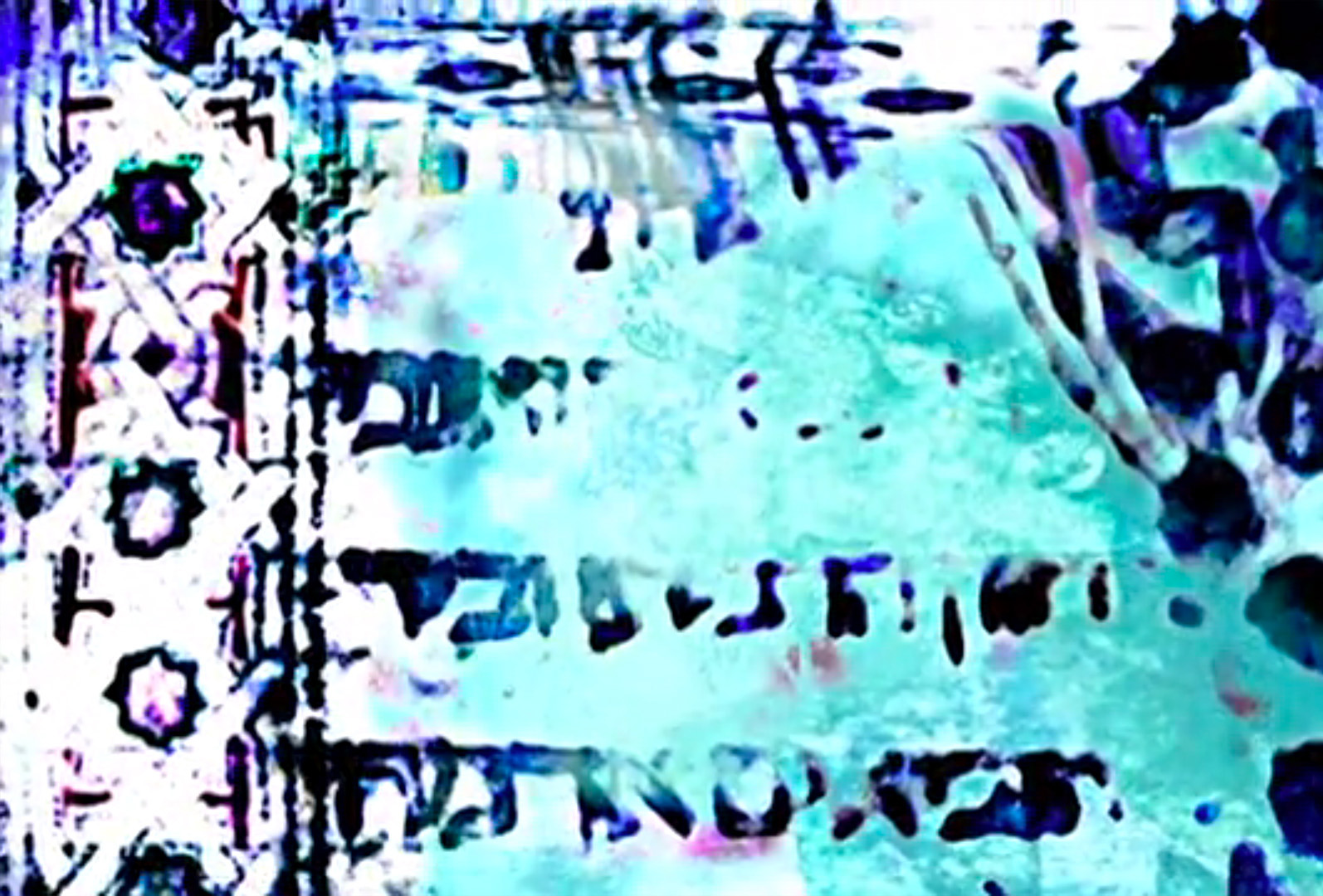Cynthia Beth Rubin, Bob Gluck: Layered Histories: the Wandering Bible of Marseilles
Artist(s):
Title:
- Layered Histories: the Wandering Bible of Marseilles
Exhibition:
Creation Year:
- 2004
Category:
Artist Statement:
The nonlinear narrative of Layered Histories is drawn from the possible wanderings of the Marseilles Bible. The history of this Bible is only partially known. Created in Toledo, Spain in 1260, the Bible visually embodies the influences of Jewish convergence with Christian and Islamic cultures. When the 1492 Expulsion forced the Bible to flee Spain, it traveled to the Ottoman town of Safed, where it was amongst religious mystics seeking the means to repair the ills of the world. It subsequently disappeared until, mysteriously, sometime during the 19th century, two volumes of the Bible were discovered in the collection of the Bibliotheque Municipale of Marseilles, where they reside today. Layered Histories brings together digitally manipulated and layered images and music – evolved from real-world photographs and sound samples – that twist around one another until they cease to be simple representations and become multiple layered moments of imagined juxtaposition. Rubin developed the visuals and narrative, Gluck the music and programming. Music and image are melded together in the viewer’s experience, but each follows a separate course of interactivity, coming together in the moment. Both were developed with the vision of reflecting the experience of a timeless object that has seen history and much of the world, and has many stories to tell.The visitor to Layered Histories sits at a table, which is bare except for what appears to be an illuminated manuscript and a reading pointer. As if engaging in a public reading of the manuscript, the “reader” moves a pointer across the tablet. Sounds and imagery change in response to the pace of movement and direction, resulting in shifts in the play between abstraction and recognizable references. The illusion of communal recitation is conveyed in part by the interface design, crafted for interactivity by embedding a graphics tablet within the book, and enclosing the stylus within wooden casing. Gestures on the surface are mapped to a software interface, designed with the application Max/MSP/Jitter, that algorithmically directs the changing display of sound and image. Sound selection is independent of imagery, creating a changing juxtaposition between media. The concept is to periodically re-contextualize the sound material, in light of the current image theme. The relative speed of vertical motion influences the degree of randomness of those selections and the rate of change of sound choice within any given bank; horizontal motion or stylus pressure initiates cross-fades.





